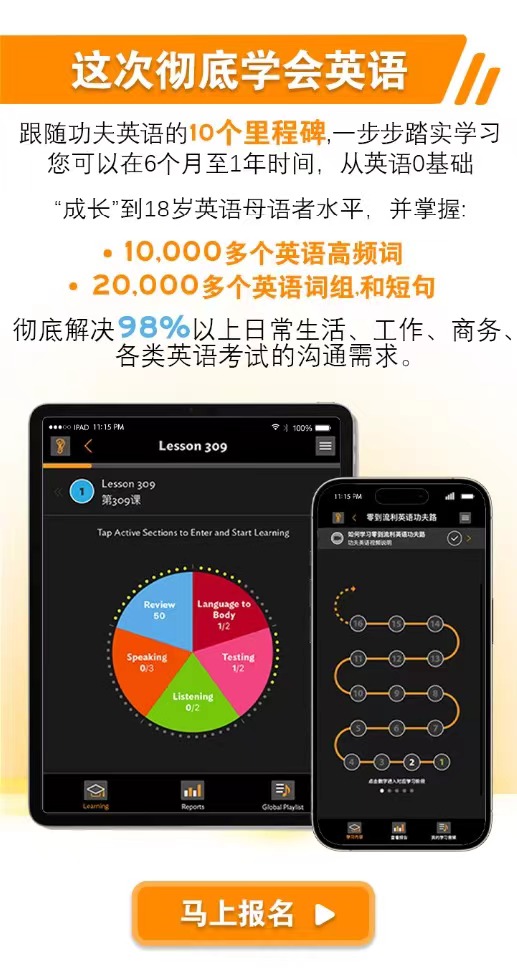When we do oral sessions with our learners, we have to focus on their English skills. The interactions that we have with the learners should have to support them to use all the English they have to be as good as English native speaker. Also, for the new words and new lexical units, we should support them to understand the meaning well so that they can use them properly. After the session, our learners should have more confidence and more ability to use English to communicate by oral and writing.
THINGS TO DO:
- Start directly to save time. Say “hi” or “hello” then talk about the topic directly.
- Teach related words. E.g. when learning the word: broom, the coach should also teach the learner a new word: dustpan. Because they come together. The coach should make the learner feel that they can remember and use these words they learned in their daily lives.
- When you feel the learner really get the meaning, and can use the word well, just keep going to the next one.
- Must prepare a sample sentences to explain to the learner especially when the learner is not familiar with the vocabulary you talked about. E.g., when learning the word “echo”. The coach should provide an example “The hole is empty. I shout in the hole and I can hear the echo of my own voice”.
- Must use questions to train the learners. E.g:
- Do you know what “treasure” is? Is it a food, things you can see in the kitchen or table, clothes, tool?
- Do you know how to spell it?
- Do you know how to use it in a sentence? Can you please use it in another sentence?
- Do you have a “pineapple in your fridge”?
- Can you picture it in your mind? In learning English in the KFE, you have to connect the picture and the feeling in your mind with the English sounds and words.
- I’ll show you a sentence and please guess what it means, ok? Can you make a sentence using this word?
- Shall we move on to the next one?
- Do you prefer skirts to trousers?
- Can you describe “hook” to me?
- What is it used for?
- Check the learner is he or she can picture the image in his or her mind especially if the topic is L2B. Then tell the learner that “in learning English in the KFE, you have to connect the picture and the feeling in your mind with the English sounds and words.”
- Control the time.
- The coach must provide lots of encouragement words for the learner to build more confidence.
- Kungfu English can definitely support you to achieve the native level. And we will support you as well!
- We will do our best to help you to get your goal.
- Good job, great, at least you’ve tried, that’s ok I know you can do it
- Thank you for working with us.
- Use English to explain the meaning of the word. If the learner is not familiar with the word, use an example to show them how to use it in a sentence.
- Encourage the learner to use the lexical unit to create new sentences.
- During the session, when we mention a new word to the learner, the first step is to ask the learner how to spell it. If the learner can't spell it correctly, we should show the correct way to spell the word. After that, we can explain the word deeply. Because if the learner doesn't know what the word is, and what the word’s meaning is, it is easy to get confused. Let's make it the word’s spelling and the word's meaning clear as early as we can.
- If the learner is not familiar with the word, the coach can explain the meaning and provide at least 3 examples on how to use it to make sure the learner will understand the new words or the sentence. E.g. glance. —if the learner doesn’t know what it means, the better to make 3 sentences, to make the new word really solid for the learner.
- If the coach feels the learner had already get the meaning, and it is simple for the learner, the coach doesn’t need to spend too much time on that, just move on to the next one. If the word is difficult for the learner, then the coach should spend more time to make the learner understand it. As a coach, let's do our best to support the learner to get as much as they can and make the learner feels that that time they spent was very worthy.
- Must build a rapport in the session. --If the learner can really get it and can use it well, we should keep moving. If they are stuck, we have to stop and make the learner really get the meaning then move on. We should build learning speed and rhythm with each learner.
- For time control, when the session has only 2 minutes or 3 minutes left, we can talk to the learner this way : Hi, we only have 2 minutes left, shall we learn one more word/ or one more sentence? Let's try to get one more skill. Let's do it!
- During the session, the coach should say: I will give you an example. Can you please guess the meaning? Then we confirmed the meaning and the coach will ask the learner to create a new sentence with the word.
- Book session time at the end of the session. --Based on the learner’s level, we should book the next one month or next 3 months sessions to the learner. E,g : based on your current level, I suggest we have to have 15 minute oral session every Monday 9am.Would that time be okay with you? And we continue at least one month. That will help you to improve your English more. Is it ok for you? Or… Based on your current level, to best support you to improve your English, I suggest we have 45 minutes session every Tuesday at 8pm. Is it ok for you?
- The oral coach should write down the main things the learner learnt in the CRM. The coach should review what they talked last session.
- When doing an oral session about The Third Ear, the coach will ask first if the learner has read the chapter you are going to discuss. If the learner did or did not, the coach can ask if the learner wants to read it out loud or silently or the learner just immediately wants to talk about it. The coach must tell what benefits the learner can get in reading out loud.
- If the learner choose to read it out loud, the coach can hear the learner’s pronunciation and correct it (based from my experience, they like it this way)
- If the learner chooses to read it silently then the coach can give him time to read like about 3 minutes to 5 minutes in 1 page. If the learner chooses to share what he learned immediately, the coach should ask the question (what have you learned in this page or could you please summarize what have you understood in this page).
- When the learner chooses to read it out loud, the coach can let the learner read each paragraph then every after paragraph the learner can say something what he understood about it. If the learner has mispronunciations take note on that words and correct them on how to say it clearly and properly. Then, the coach can ask some questions about some difficult words or phrases. If the learner is not familiar with it then the coach can explain the meaning and use it in a sentence then make the learner make a sentence after until the learner fully understands.
- If the learner chooses to read it silently, then the coach can just go directly to asking the right questions. The same thing the coach will do if the learner chooses to talk directly to what he understood about the page.
- After the learner finish reading the paragraph, the coach has to ask the right questions. Some of the questions are:
- Do you understand this paragraph? If so, could you please tell me about what you understand in this paragraph in your own words?
- Have you tried this experience before? If so, can you share the situation to me?
- Do you know what this word means?
- Most of the learners read each sentences with a monotone. So the coach can say something about the monotone (Could you please try to read it with feelings) and read the paragraph by the coach himself so that the learner will know the difference.
THINGS TO AVOID:
- If the learner makes sentences, follow the picture they create because it is in their mind, to avoid confusion.
- The coach should not ask the learner to use a sentence to create a new sentence. —It is not easy for them to just create a story during the session.
- Mispronunciation.






